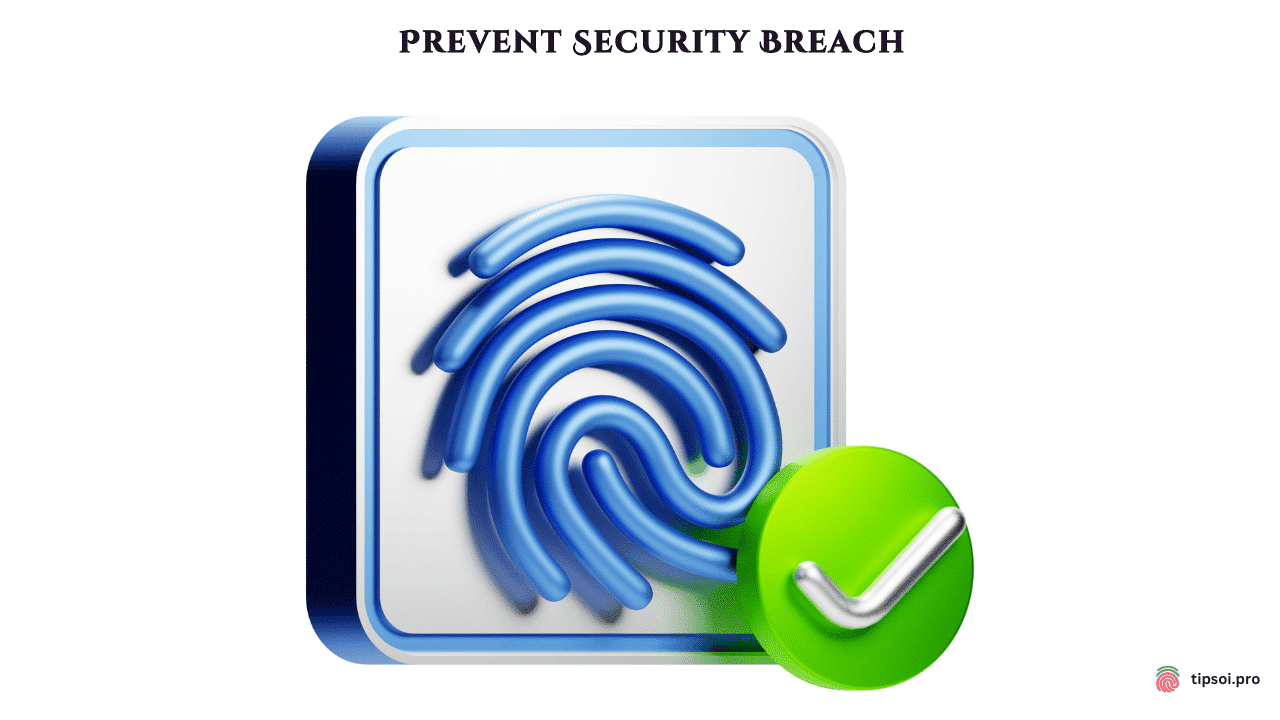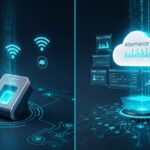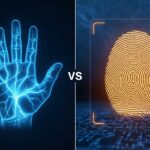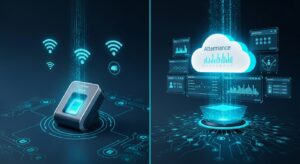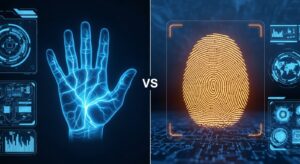In an era where data is the new currency, implementing a biometric system to prevent security breach is no longer a luxury but a fundamental necessity for any forward-thinking organization.
Let’s be clear: the consequences of ignoring the shift to biometric security are not hypothetical—they are inevitable. Financial loss, operational disruption, and reputational damage are not just risks, they are certainties for those who fail to adapt. Those who don’t take data breaches seriously today are writing their own obituaries, and the costs—both in monetary terms and in the erosion of trust will be staggering.
So, to those still clinging to archaic security protocols: you are not just flirting with danger; you are inviting it into your most sensitive areas. Embracing biometric access control isn’t merely a technological choice; it is a moral imperative. Failure to do so reveals not only a lack of foresight but a fundamental misunderstanding of the world we now inhabit—where information is everything, and the tools to protect it must be as sophisticated as the threats we face.
In today’s digital age, where data breaches and security lapses can cost millions, if not billions, protecting sensitive areas within your organization is not just a good practice, it’s a necessity. Imagine confidential client files being leaked, research data stolen, or unauthorized access to the executive suite. These nightmares can become reality if your access control system is outdated or easily bypassed.
Traditional methods, like key cards and PIN codes, are increasingly proving inadequate. A staggering 81% of hacking-related breaches leverage either stolen or weak passwords, according to Verizon’s 2022 Data Breach Investigations Report. It’s time to upgrade your security infrastructure with a solution that’s as unique as your employees: biometric employee attendance systems.
Biometric Attendance Systems: The Gatekeeper
Biometric employee attendance systems utilize unique physical or behavioral characteristics – like fingerprints, facial recognition, or even iris scans – to grant access to specific areas. This isn’t just about clocking in and out; it’s about creating a digital fortress around your most critical zones. It’s like having a personal bouncer at the door, ensuring only those with the right ‘biological password’ get in.
1. The High Cost of a Security Breach
A security breach in a sensitive area can trigger a cascade of devastating consequences:
- Financial Losses: Data breaches can result in regulatory fines, lawsuits, and loss of business. IBM’s 2023 Cost of a Data Breach Report pegged the average cost at a jaw-dropping $4.45 million.
- Reputational Damage: A breach can erode trust among clients, partners, and employees, potentially leading to long-term repercussions for your brand image. For companies dealing with highly confidential information, adopting a biometric system to prevent security breach is the most sophisticated form of defense against the relentless evolution of cybercrime.
- Operational Disruption: Unauthorized access can lead to sabotage, theft, or disruption of critical processes, impacting productivity and potentially halting operations altogether.
2. The Biometric Advantage
Biometric employee attendance systems offer a compelling solution, boasting numerous benefits over traditional access control methods:
- Unrivaled Accuracy: Biometrics are unique to each individual, making them virtually impossible to forge or duplicate. It’s like having a key that’s literally a part of you.
- Granular Access Control: Define access levels based on roles and responsibilities, ensuring only authorized personnel can enter sensitive areas. Think of it as a VIP pass, tailored to each employee’s clearance level.
- Real-Time Monitoring: Track who enters and exits sensitive zones in real-time, creating a comprehensive audit trail for security and compliance. It’s like having a digital breadcrumb trail, documenting every movement.
- Seamless Integration: Biometric systems can integrate with your existing security infrastructure, including CCTV cameras and alarm systems, creating a multi-layered defense mechanism.
- Convenience and Efficiency: As traditional security measures continue to be outwitted, a biometric system to prevent security breach stands as the ultimate gatekeeper, offering unparalleled protection for critical assets. No more lost keys or forgotten passwords. Biometrics are always with you, making access quick and hassle-free for employees.
- Enhanced Accountability: The knowledge that access is strictly monitored fosters a culture of responsibility and discourages any attempts at unauthorized entry. It’s like a subtle reminder that ‘Big Brother’ is watching.
Biometric Security for Unauthorized Access [Get Inspired]
When people talk about protecting intellectual property, it’s hard to avoid using real-life examples as warnings or examples based on your point of view.
Pharmaceutical Industry
For example, look at Pfizer. Research and development in the pharmaceutical industry are worth billions of dollars. Pfizer has always known how important it is to protect its intellectual property. After the COVID-19 vaccine worked, think about how valuable their research and development data is and what terrible things could happen if their labs weren’t locked down with strong security. The big drug companies in Dhaka should look to companies like Pfizer, which invest heavily not just in innovation but in safeguarding that innovation from prying eyes, ensuring their discoveries remain in the right hands.
Financial Industry
Then there’s JPMorgan Chase, a financial titan that has implemented cutting-edge cybersecurity measures to protect its vast data centers. In 2014, they suffered one of the most notorious breaches in banking history, exposing millions of customer accounts. However, they quickly bounced back, investing over $600 million annually in cybersecurity, which includes biometric authentication for access to sensitive server rooms and data hubs.
When the stakes are as high as the integrity of your intellectual property, there is no better strategy than a biometric system to prevent security breach, ensuring that only the right people have access to the right information. It’s a lesson the financial institution in Bangladesh has taken to heart, deploying facial recognition for IT staff—a measure that, while impressive, is just the tip of the iceberg in an industry where vigilance is paramount.
Global Leader
For a more public-facing example, consider Google, a global behemoth that operates some of the most secure data centers in the world. Their multi-layered approach to security using multi-biometric systems that include everything from fingerprint and iris scans to behavioral analysis is something any government agency should aspire to.
The agency in Dhaka, having adopted a similar multi-biometric system, is at least moving in a direction that mirrors these global leaders. But it’s critical they remain ever-vigilant, as the stakes are no less significant for a government protecting sensitive national data than for a tech giant safeguarding user information on a global scale.
The fact is, whether it’s a pharmaceutical company like Pfizer, a financial giant like JPMorgan, or a tech colossus like Google, the rules are the same: those who treat their intellectual and operational security with anything less than reverence inevitably pay the price. And in that light, it’s almost amusing to watch which institutions understand this—and which choose to gamble their future on inadequate protections.
Summing Up,
In a world where the value of data far surpasses many tangible assets, the notion that traditional access control methods could still be deemed adequate is laughable at best, negligent at worst. To truly protect the crown jewels of any company—be it intellectual property, sensitive client data, or proprietary research—relying on outdated systems such as keycards or passwords is akin to locking your front door but leaving the windows wide open.
Biometric employee attendance systems are not just another incremental upgrade; they represent an intellectual leap in security. It’s a solution that recognizes the sophistication of today’s threats and answers with equal precision. When organizations like Pfizer, JPMorgan Chase, and Google invest in cutting-edge biometric systems, they aren’t just adding another layer of security—they are ensuring the survival and success of their enterprise in an age of relentless cyber assaults.
In conclusion, biometric systems aren’t just the future of security—they are the present. To ignore them is not just a strategic error; it is a dereliction of duty. The question isn’t whether you can afford biometric security—the question is whether you can afford not to have it.
What are the most commonly used biometric identifiers for access control in Dhaka?
Fingerprint and facial recognition are the most prevalent due to their convenience and accuracy.
How secure is biometric data?
Reputable biometric systems employ robust encryption and security protocols to safeguard data. Often, the biometric data itself is not stored, but rather a mathematical representation (template) is used for comparison.
Can biometric systems be tricked?
While no system is entirely foolproof, advanced biometric systems often incorporate ‘liveness detection’ features to prevent spoofing attempts using photographs or fake fingerprints.
Are biometric systems expensive?
The initial investment can be higher than traditional access control methods, but the long-term benefits in terms of enhanced security and loss prevention usually outweigh the costs.
Can biometric access control be integrated with other security measures?
Yes, they can seamlessly integrate with CCTV, alarms, and other systems for a comprehensive security approach.
What are the legal considerations of using biometrics in Bangladesh?
Ensure compliance with the Bangladesh Data Protection Act 2012, which outlines guidelines for collecting, storing, and using personal data, including biometrics.
Tipsoi
Cloud-Based HR Automation System (Customizable According To Your Need)
➲ All-in-One HR Help:
Fingerprint, RFID, face recognition? Yeah, we’ve got those, all synced up with our web and mobile apps. Attendance, shifts, leave, expenses, payroll, benefits, loans… consider it handled.
➲ World Domination (HR Edition):
Multiple offices? Remote teams? No problem. Our central monitoring puts you in the driver’s seat, giving you real-time insights into your entire workforce, no matter where they are.
➲ Mobile Punch, No Excuses:
Got employees out in the field? Let ’em clock in and out on their phones. We’ll even use Google Maps and a selfie to make sure they’re not sneaking off for a beach day. Our mobile punch feature, complete with GPS and image verification, gives your employees the freedom and flexibility they crave, while still ensuring accountability.
➲ Shift Management: Perfected
Create and manage shifts with a few clicks. No more schedule conflicts, no more confusion. Just pure, streamlined efficiency. With Tipsoi it’s easy to set up and monitor different work shifts and make sure people are working when they’re supposed to.
➲ Employee Data: Organized, Accessible, & (Dare We Say) Enjoyable:
No more digging through piles of paperwork. All your employee information is stored securely in the cloud, accessible anytime, anywhere. It’s like having your own personal HR assistant, always at your service.
➲ Versatility and Scalability:
From Fortune 500 companies to local startups, Tipsoi’s got the flexibility to handle it all. We scale with you, adapt to your needs, and empower your HR team to conquer any challenge. Whether you’re a small startup or a global enterprise, Tipsoi is designed to grow and adapt with you. We’re flexible, scalable, and always ready to support your unique HR needs. Global giants, local schools, everyone’s using Tipsoi. We’re adaptable, scalable, and ready to take on your HR challenges.
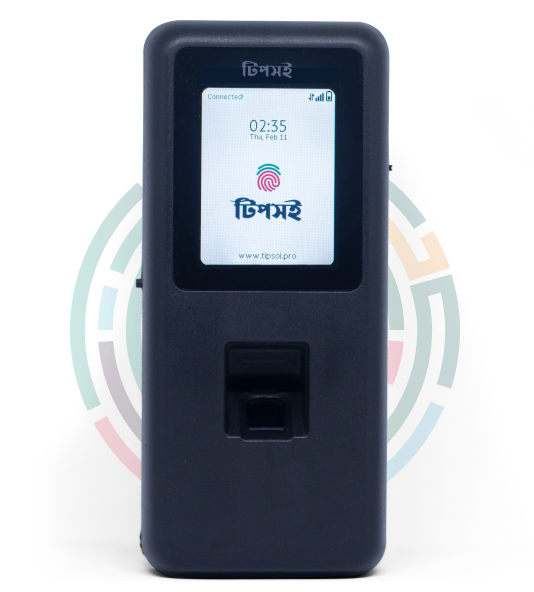
Biometric Authentication Device by Tipsoi
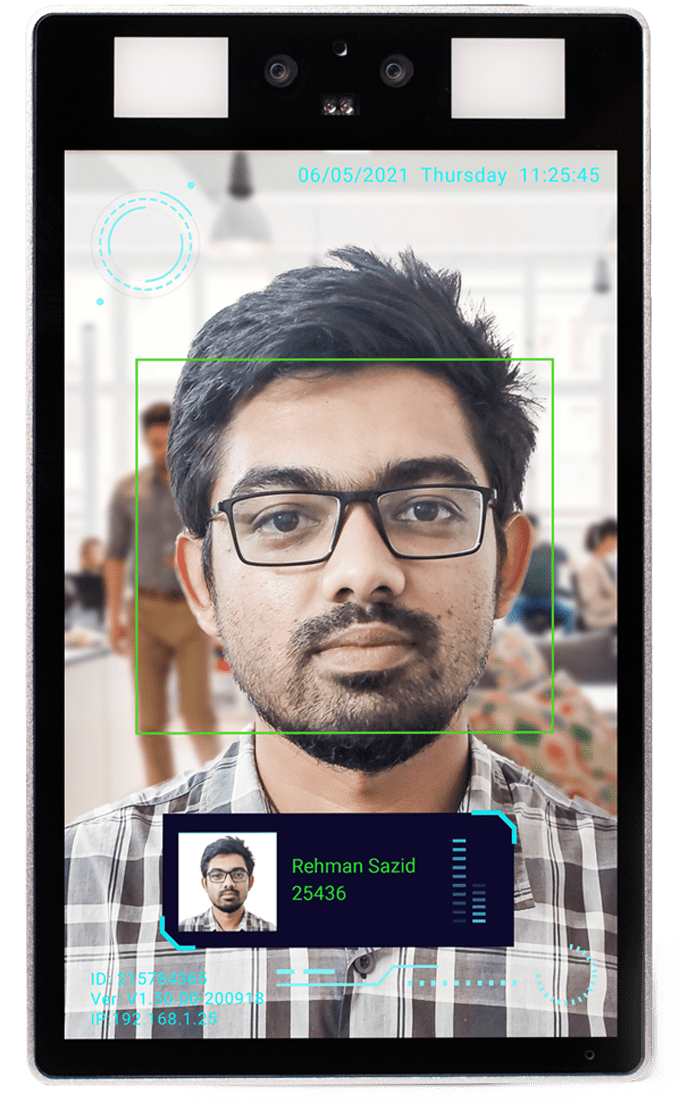
Tipsoi Fastface
Smart Attendance Solution
Inovace Technologies has introduced Tipsoi Fastface, an intelligent
Facial recognition-based device has four different options for you to choose from:
Tipsoi is a cloud-based HR platform that can be accessed from anywhere in the world. It is also customizable and affordable.
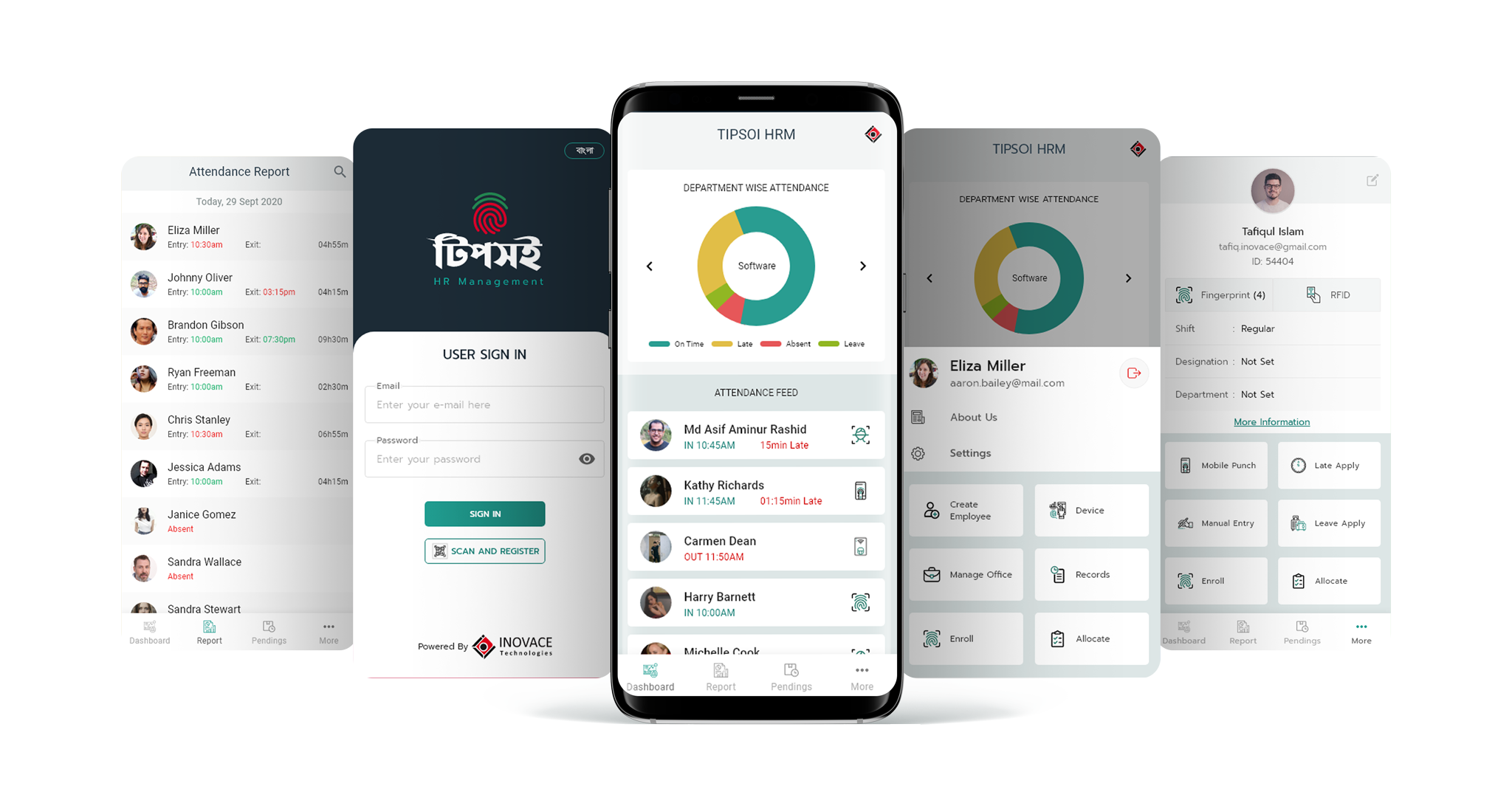
Here are some additional benefits of using Tipsoi:
- Improved security: Tipsoi uses state-of-the-art security measures to protect your data.
- Increased efficiency: Tipsoi can help you automate many HR tasks, saving you time and money.
- Improved accuracy: Tipsoi can help you track employee attendance and other data more accurately.
- Better reporting: Tipsoi can help you generate reports on employee activity, which can help you make better decisions about your workforce.
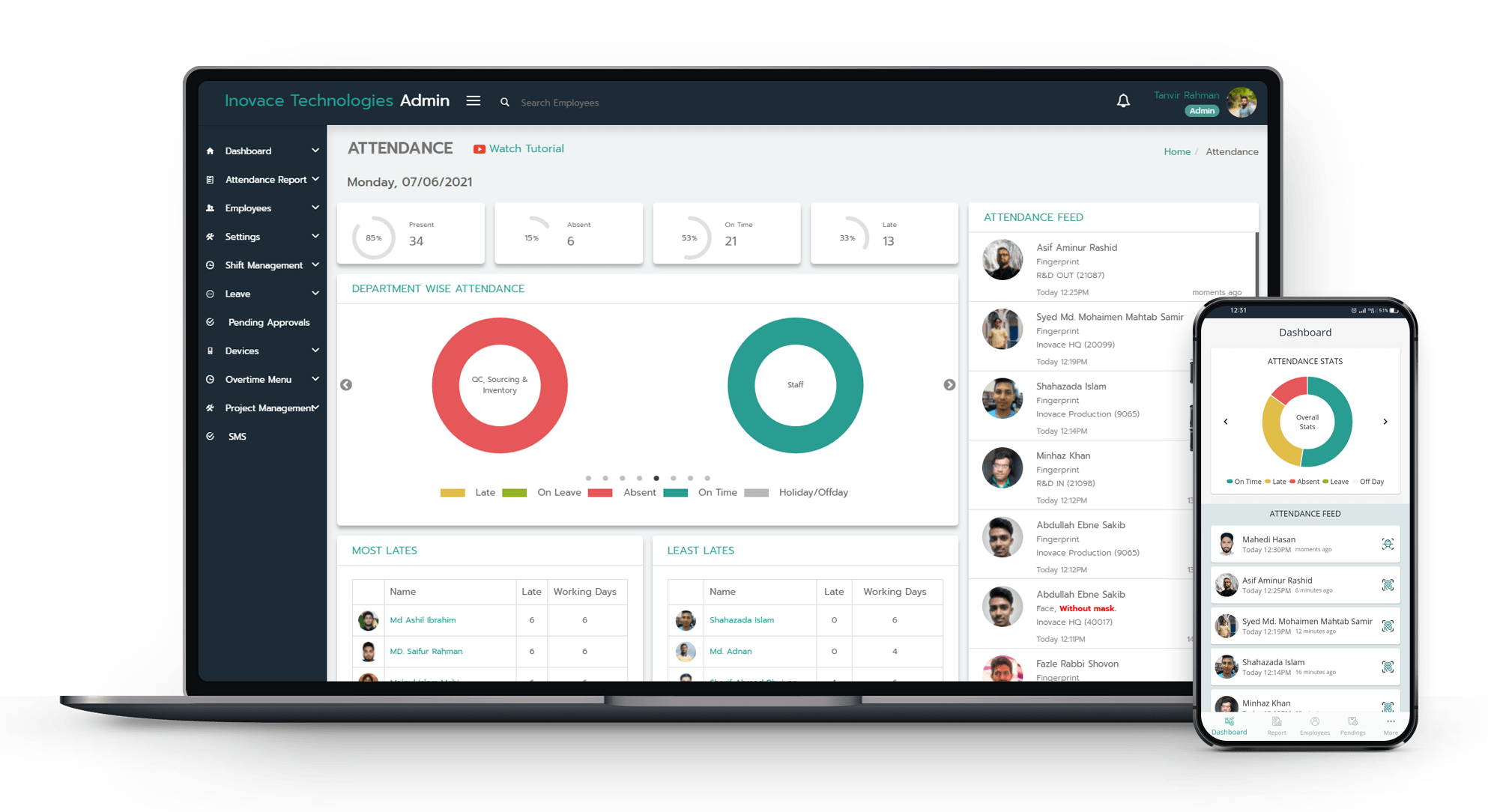
The Bottom Line: Tipsoi is the HR tech you didn’t know you needed (but definitely do). We’re the solution you’ve been waiting for – powerful, intuitive, and ready to take your HR game to the next level.
- Maximize Growth, Minimize Errors: The Essential Benefits of HR Software for Small Businesses in Bangladesh
- The Hidden Flaws – 7 Systemic Limitations of HR Metrics Stalling Organizational Growth
- What are the Challenges that Human Resources Face in the Public Sector?
- Why HR Software is Essential for Business Growth
- Why Excel Is Failing HR & Attendance Management in Bangladeshi Small Businesses
- How Attendance Fraud is Eroding Accountability in Bangladesh and the Biometric Solutions That Restore Trust
- How IoT Based Biometric Attendance System Deliver 99% Accuracy and Up to $1600 in Annual Savings Per Employee
- Embracing the Future of Academia: Biometric Attendance System in Colleges and Universities
- How Does an Electronic Attendance System Work? A Guide to Automated Tracking, Compliance, and Efficiency
- Why HR Leaders in Bangladesh Must Master the Labour Act’s 48-Hour Week Compliance
- Palm Vein Recognition vs Fingerprint: Which is Better? A Deep Dive into Security, Accuracy, and Cost
- Iris Recognition Technology: A Complete Guide to Eye Authentication!

